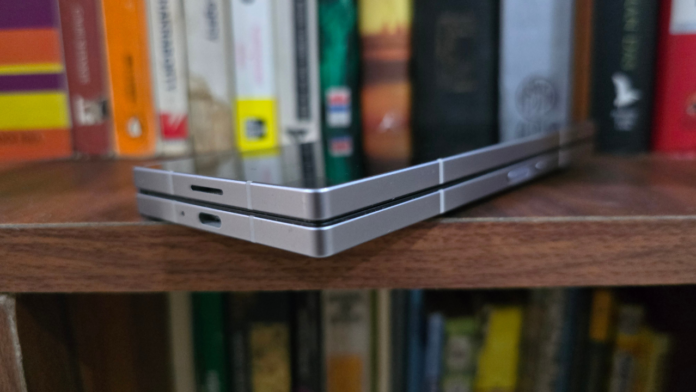Samsung has reportedly been working on a new foldable that it is expected to debut soon, and while it was expected to be called Galaxy Z Fold 6 Ultra (or Slim), a new leak scraps those rumours and reveals what the device may actually be called. The upcoming foldable from Samsung could be marketed as Galaxy Z Fold Special Edition.
As per Evan Blass, a reputable source of leaks in the smartphone industry, suggests that the next foldable coming from Samsung will be called Galaxy Z Fold Special Edition, and not Z Fold 6 Ultra or Z Fold 6 Slim. It’s unclear whether it will actually be sold with that name or could be called Galaxy Z Fold SE.
Whatever the case is, we know that the handset’s USP is going to be its slimness as the leaks suggest. Another recent report by The Chosun Daily suggests that the upcoming Galaxy Z Fold will be available in South Korea starting September 25. The report adds that the handset will be the thinnest foldable phone from Samsung to date, having a thickness of just over 10mm, which is considerably thinner over the Z Fold 6’s 12.1mm thickness.
Read More: Samsung Galaxy Z Fold 6 Review: The Foldable Evolution Continues
In addition, the foldable is expected to sport a larger 6.5-inch external display and an 8-inch internal display, exceeding the 6.3-inch and 7.6-inch displays the Galaxy Z Fold 6 features. A separate report sheds light on what the foldable may get in terms of optics, including the same 10-megapixel front-facing camera and the 12-megapixel ultrawide camera used in the Z Fold 6. The under-display camera might see a minor upgrade to a 5MP sensor from the 4MP sensor used in Z Fold 3, Z Fold 4, Z Fold 5, and the Z Fold 6.
To achieve the slim form factor, it is rumoured that Samsung has removed the digitiser layer from the screen that is required for the S-Pen to work. In other words, unlike the Z Fold 6, the Z Fold Special Edition would lack S-Pen support. The device may be offered in a single black colour and could carry a price tag of $2,100 (approx Rs 1,76,200). It may only launch in South Korea and China initially, with details remaining scarce regarding availability in rest of the world.


